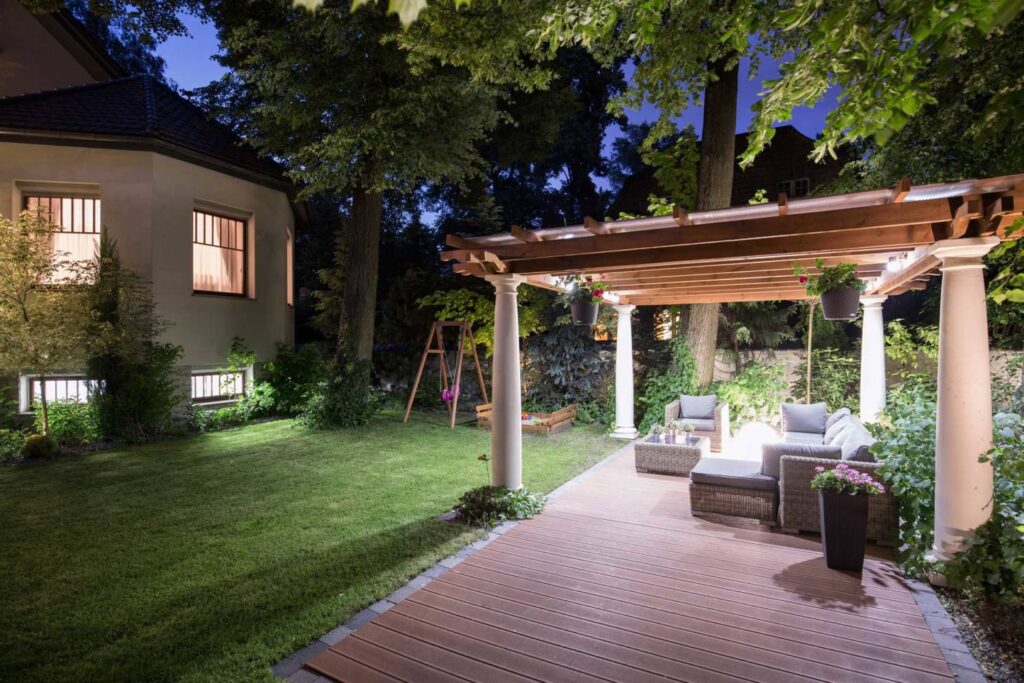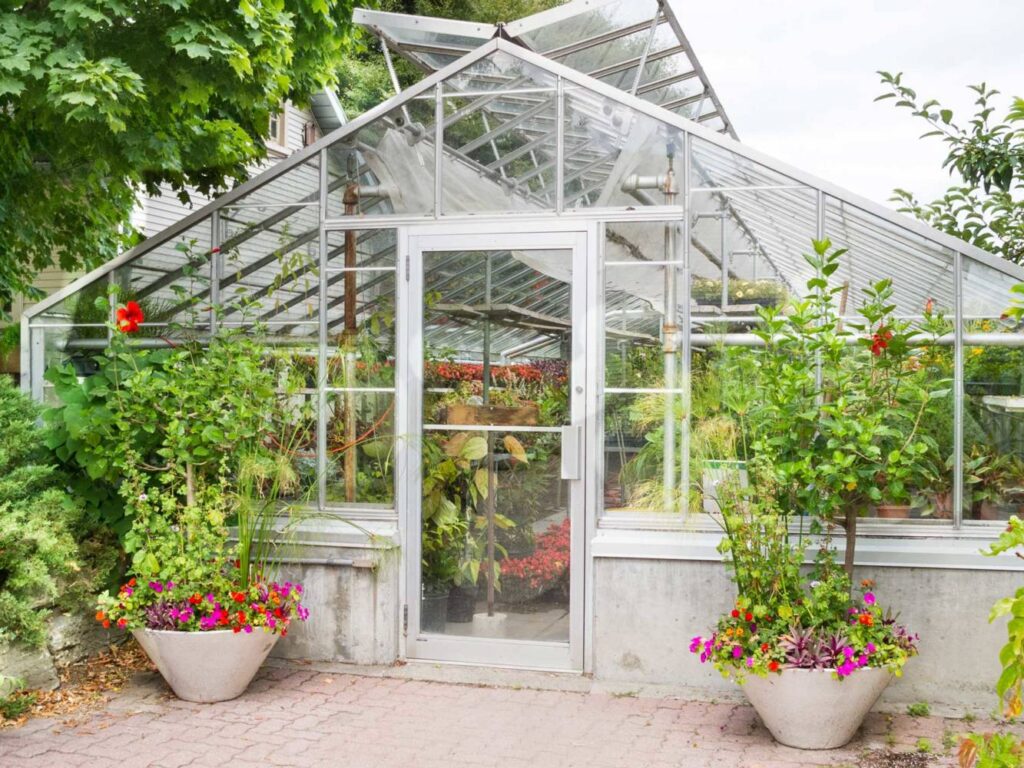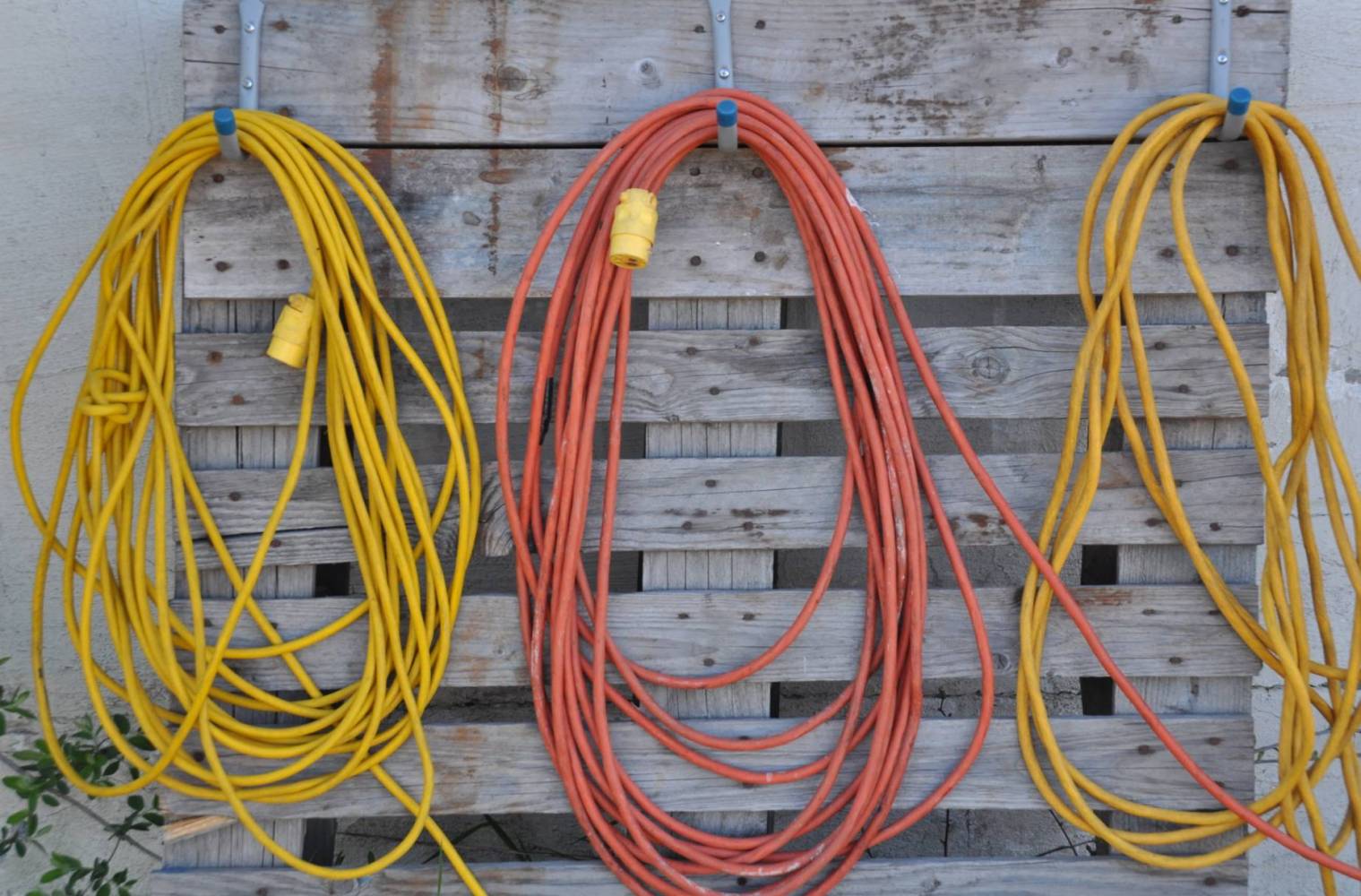Choosing the Right Extension Cord
Extension cords are handy to have, and there are right and wrong ways to use them. Before you start running them all over your house and garden, make sure you’re using the correct size, amperage, and gauge of the cord.
Choose the Right Cord for Each Appliance
Extension cords range from 10 gauges to 16 gauges, and the lower the gauge, the thicker the cord. Each gauge size comes in your choice of medium-duty, heavy-duty, extra heavy-duty, and ultra heavy duty sheathing. It’s critical to use the right one for every situation.
Is There a Formula to Calculate Extension Cord Size?
This is electricity, and that means there’s always a formula. Here’s how to calculate which extension cord you need:
- Calculate the wattage of your devices.
- Divide that number by 110.
- Round down to the next whole number.
For example, if your total wattage is 1400, you would divide 1400 by 110, which gives you 12.72. If you round down, that gives you 12.
Note that it’s fine to use a shorter, lower-gauge cord than the one the formula gives you. What’s dangerous is using a longer, thinner and higher-gauge cord.

Sample Uses
To show you how the formula works in real life, here are some common items and the recommended extension cord size for each.
Outdoor Machinery
Use a 16-gauge light-duty cord for any outdoor appliance that uses 12 amps or fewer. This typically includes snow blowers, leaf blowers, circular saws, and air compressors.
Outdoor vacuums should use three-prong, 12-gauge cords.
Use a 14-gauge cord for decorative outdoor lights and holiday lights. Never string two extension cords together when you’re putting together your holiday lighting.
Small Indoor Appliances
You should avoid using an extension cord with any kitchen appliances. Even small ones like coffee makers and toasters can draw 10 to 12 amps each, and that’s too much power to put through an indoor extension cord.
A laptop uses far fewer amps, and it’s fine to attach a 14-gauge, three-prong, medium-duty cord to this and similar low-amperage items. It’s a good idea to use a surge protector for your computer and printer.
Hair Dryer
Your trusty little hairdryer is an amperage hog, gobbling up an average of 15 to 20 amps each time you use it. Attaching an extension cord is a fire risk in this case. Don’t do it.
Large Indoor Appliances
Treadmills, washing machines, and other large, power-hungry machines should not run on an extension cord. The risk of fire is too high.
Taking the Power Outside
Are you planning to supply electricity to an outside building like a shed, greenhouse, or chicken coop? Should you use an extension cord or install a new electrical panel? The answer depends on:
- How much power you need in the outbuilding.
- Whether the outbuilding has conditions that might damage the panel.
- If you have suitable extension cords that are properly protected.

Put Safety First in Outdoor Wiring
Safety is critical to all outdoor wiring jobs. Since the wiring is exposed to various weather conditions and potential wetness, it’s important to use the right equipment. At SESCOS, we recommend using conduits for all outdoor wiring.
Be Extra Careful With Extension Cords
Extension cords are never as safe as directly plugging into an outlet. Use extension cords with care and only when there’s no good option. If you find you’re constantly using them, talk to SESCOS about adding outlets to your home.
